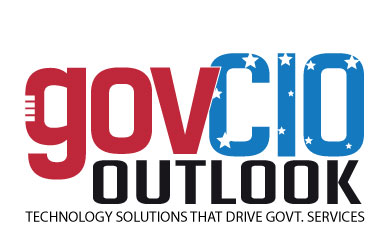Welcome back to this new edition of Gov CIO Outlook !!!✖
NOVEMBER 20238GOVERNMENT CIO OUTLOOKIN MYOPINIONPPUBLIC HEALTH SURVEILLANCE DATA PROVIDES CRITICAL INFORMATION TO PROTECT HEALTHublic health surveillance can be defined as the ongoing, systematic collection, analysis, and interpretation of health-related data that is essential to planning, implementing, and evaluating public health practice. As a data-driven profession, public health uses the information gleaned from surveillance efforts to inform interventions and policy. Historically, public health surveillance began to understand the impact of infectious diseases and guided recommendations for quarantine and isolation. Subsequently, surveillance concepts have been applied to evaluate other conditions that threaten health, including chronic diseases, injury and violence, and occupational and environmental health threats. The Division of Surveillance and Investigation (DSI) within the Virginia Department of Health's (VDH) Office of Epidemiology focuses on infectious conditions that are reportable to public health. In this article, let's explore how public health collects surveillance data, how this data informs our response efforts, challenges that impact effective surveillance, and how VDH is working to overcome some of those challenges.From an epidemiologic perspective, the goal of public health surveillance data is to describe a condition by person, place, and time. To prevent a disease, it is critically important to understand who is impacted, where they are being impacted, when they are impacted, and monitor how disease trends change over time. With good surveillance, we can use data to guide the development of meaningful public health interventions, and advocate for policy changes and funding Brandy Darby, DVM, MPH, Diplomate, ACVPM Director, Division of Surveillance and Investigation, Office of Epidemiology, Virginia Department of HealthByBrandy Darby
< Page 7 | Page 9 >
< Page 7 | Page 9 >
